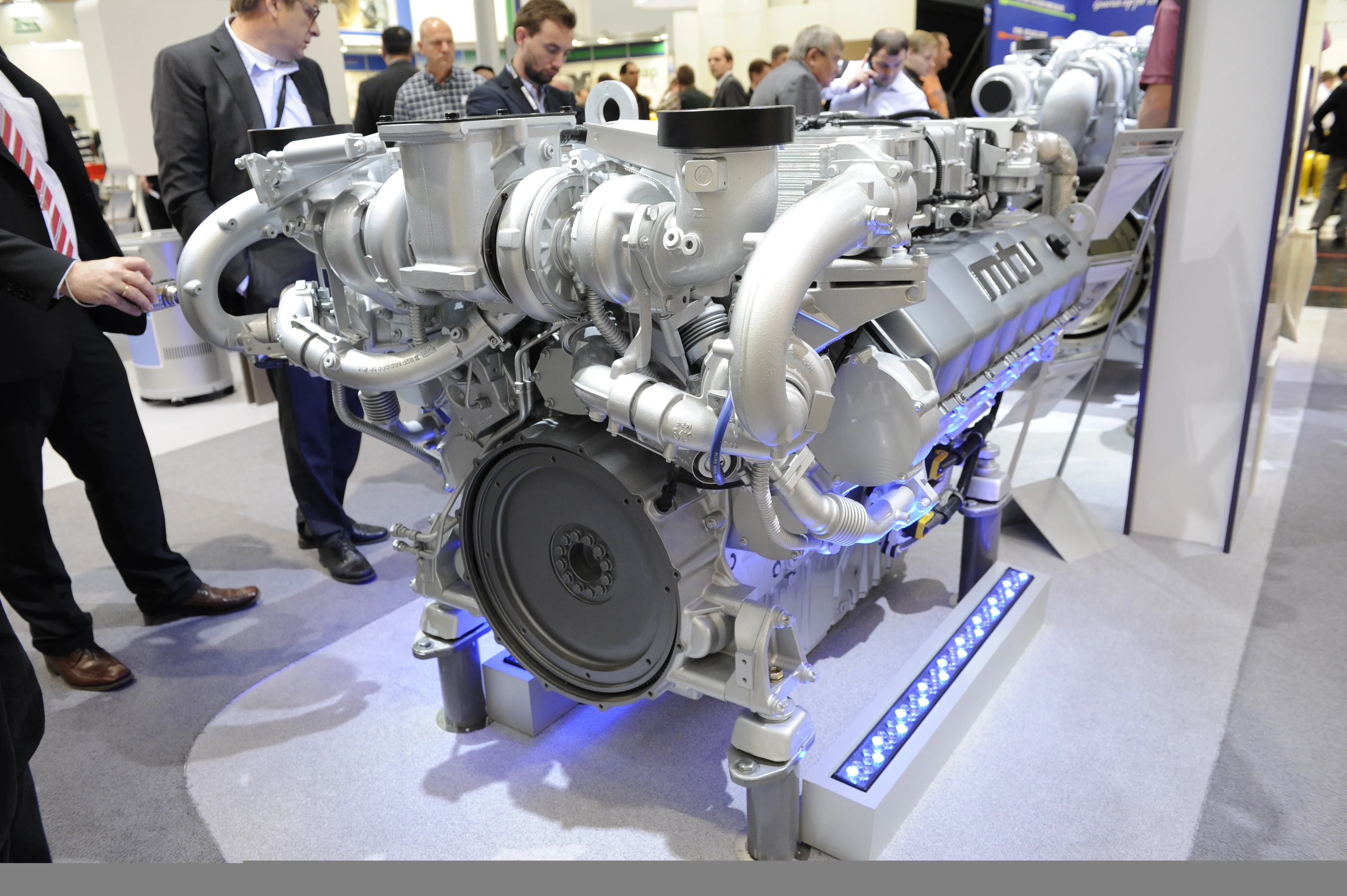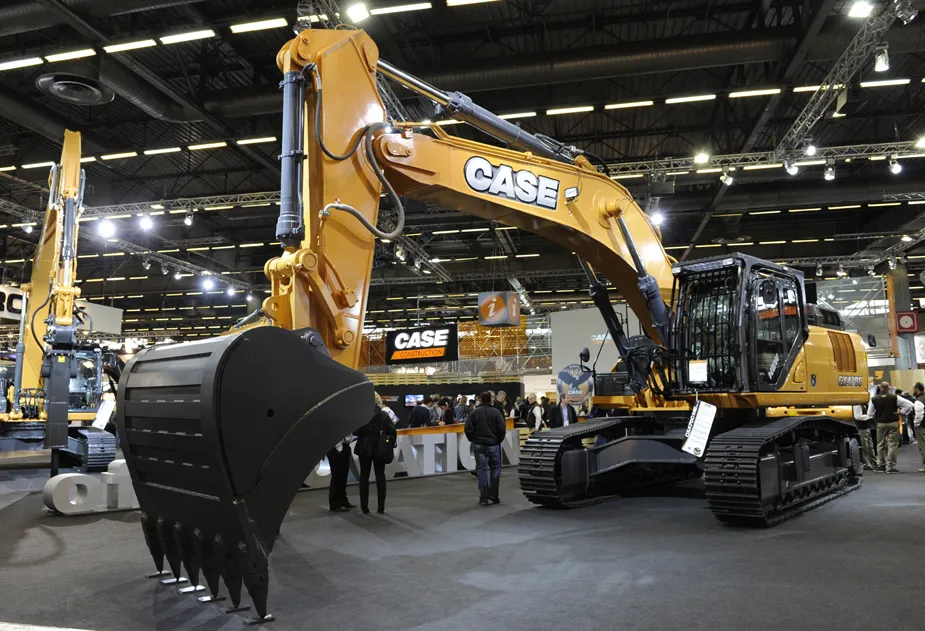Manitou is updating its MRT rotating upperstructure telescopic handler range, with Stage IIIB engines, attachment recognition systems, automatic stability settings and adaptive load charts. Split into more basic Easy models, and the higher specification Privilege line, the MRT machines use a mix of Perkins and Mercedes-Benz engines. Attachments for the machines are fitted with a transponder that is recognised by the machine, adapting the load chart in the monitor to match the selected attachment’s capabilit
February 8, 2013
Read time: 1 min

The system automatically calculates the safe working load and stability requirements for the attachment, allowing for partial stabiliser extension and turret angle. The MRT machines have revised glazing with a larger roof window, for improved visibility. They also come with an automatic parking brake, a new colour monitor in the cab and an eco mode for road transport.
%$Linker:








